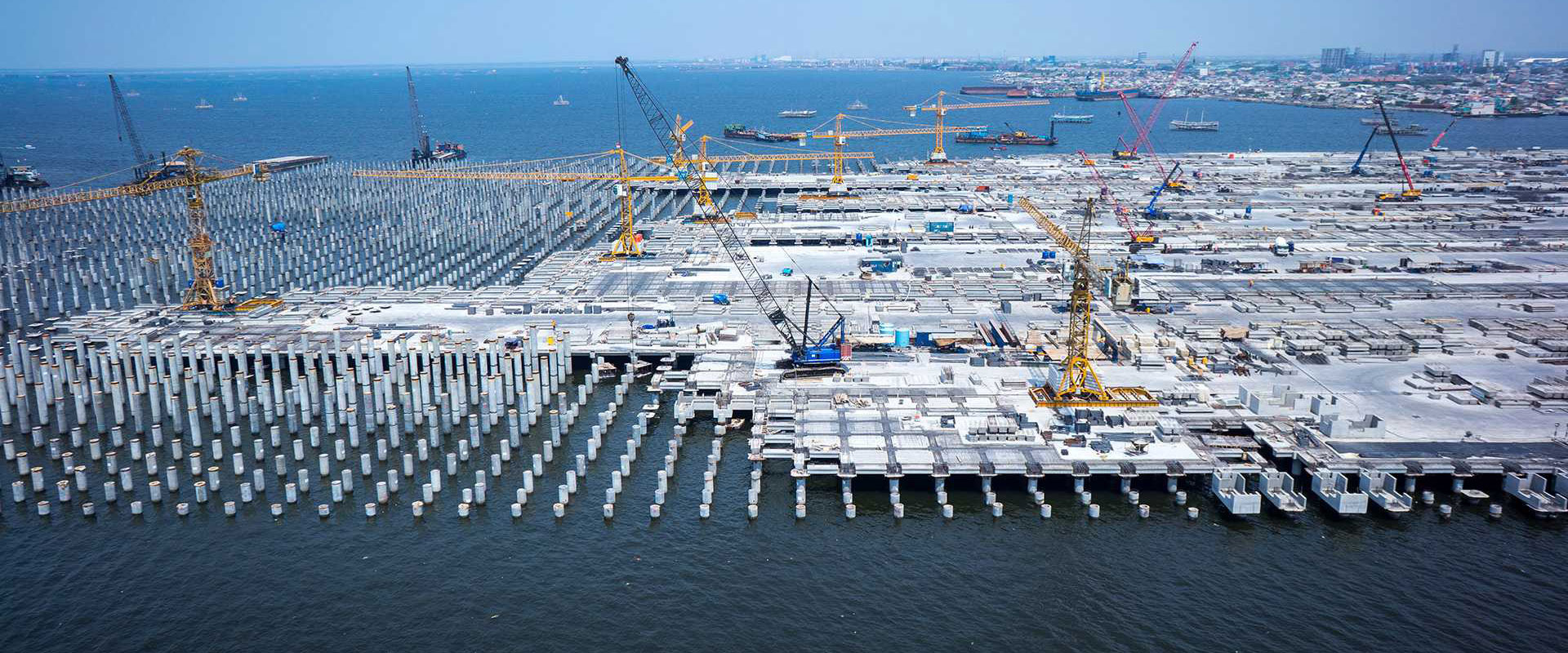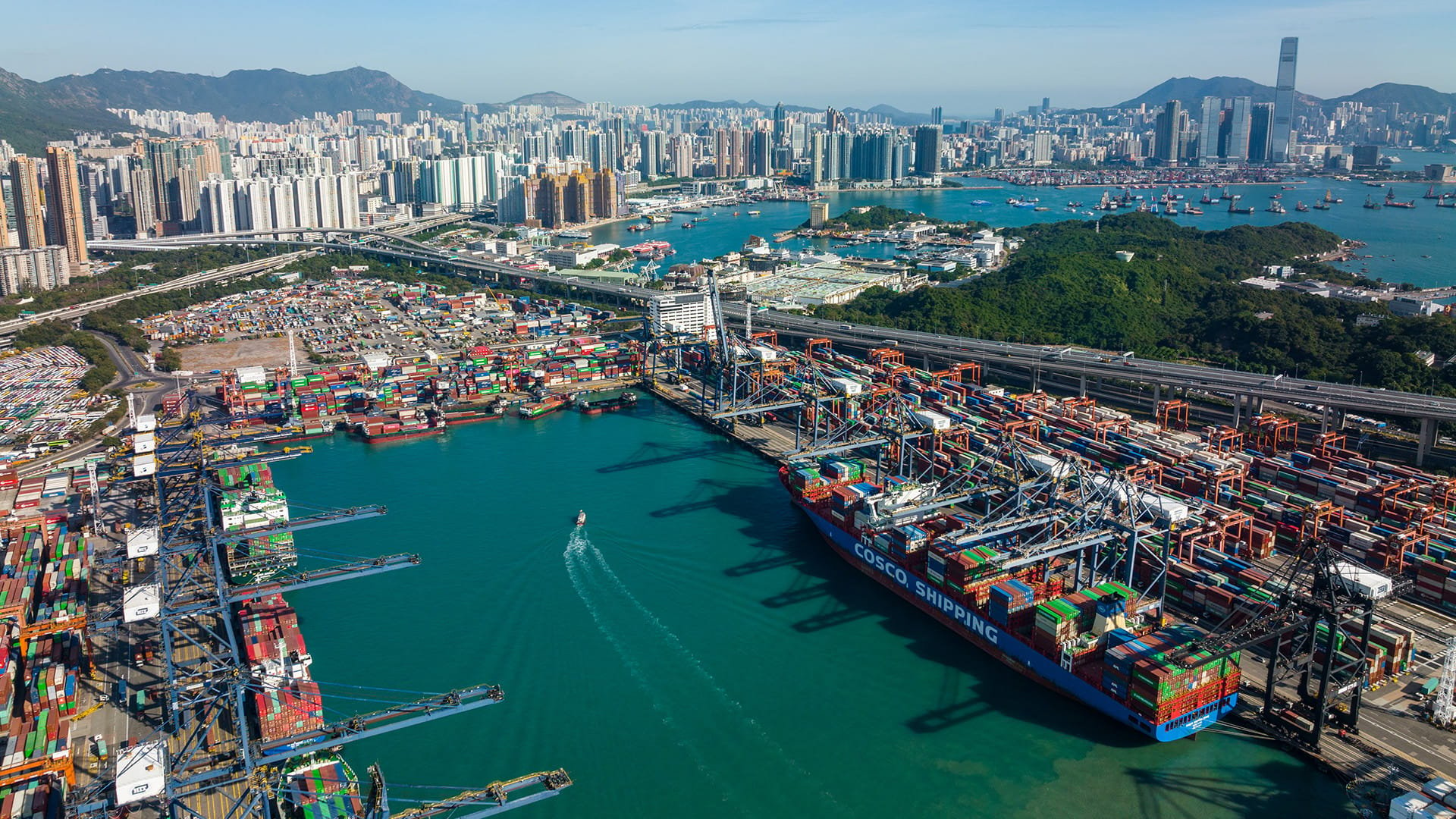The Port of Apia successfully embraces Green Port strategies
.png?h=1080&iar=0&w=1920&hash=2EF097812C357A8280821025D2AC2E70)
Project facts
- ClientThe Asian Development Bank and Samoa Ports Authority
- LocationApia, Samoa
- Date2020 - Present
- ChallengeEnhance the Port of Apia’s sustainability and green credentials.
- SolutionWe selected appropriate Green Port Initiatives to implement, supported by engagement and collaborative working.
The challenge: An upgrade for safety, security, and sustainability
As part of its project to enhance the security and sustainability of the Port of Apia, the Asian Development Bank (ADB) and Samoa Ports Authority (SPA) planned a major infrastructure upgrade.
The plan was to create a safer and more efficient operation, as well as adopt new technologies, embrace environmental sustainability, and look after the well-being of its staff.
With so much to consider, the ADB needed a consultant who could assess the current position of the Port of Apia’s operations and business practices – and enhance its sustainability and green credentials.
The solution: Green Port Initiatives and engagement at every stage
The ADB appointed Royal HaskoningDHV to carry out the Green Port Initiatives project in November 2020. Due to the global pandemic, our initial work needed to be carried out remotely.
The project included setting a vision for Apia Green Port – covering green strategies, disaster management, and gender equality.
We defined policy commitments and priorities for each aspect of the vision and prepared a plan that engaged stakeholders, alongside frameworks for a Green Port Policy, a Green Port Practice Manual, and a Multi-Hazard Disaster Preparedness Plan.
Our Green Port Health Check – following principles from international best practice guidelines like ISO14001 – assessed the port’s current sustainability resilience and efficiency. Once international travel reopened, we could move on to the next stage of the project.
In September 2022, our team could start work in Samoa. Building on the already established framework, we made rapid progress. We were able to define our targets and KPIs, while prioritising the most suitable Green Port Initiatives, supported by engagement with a working group and collaborating with key stakeholders.
The Green Port Initiatives Working Group – with representatives from government ministries, stevedores, shipping agents, and other key stakeholders – helped create broad support for the project. Green Port Ambassadors were appointed from within SPA and the stevedores to help ensure that Green Port strategies are adopted in the long term.
The preparation we did during the pandemic meant we could make very fast progress when we got to Samoa. It’s great to see the Green Port Initiatives starting to come to life.
The result: A practical plan to transform the Port of Apia
Despite the disruption of the pandemic, the remote preparation we carried out before travelling to Samoa meant the team could act quickly once they were able to fly out.
We developed a list of, described and assessed 42 potential initiatives focused on operational efficiency, environmental management, disaster preparedness, climate resilience and social sustainability. Based on an assessment of impact against effect, 13 were shortlisted and pre-feasibility studies were then undertaken.
After these studies were complete, 10 were prioritised and supported for progression by us, SPA, or the ADB. These will be implemented over an 18-month period (July 2023 to December 2024) with a clear plan for more to be implemented in the future.
The initiatives include staff training opportunities, green port awareness, solid waste management, rainwater collection, improved standard operating procedures, environmental management and enhancement, and disaster preparedness.




